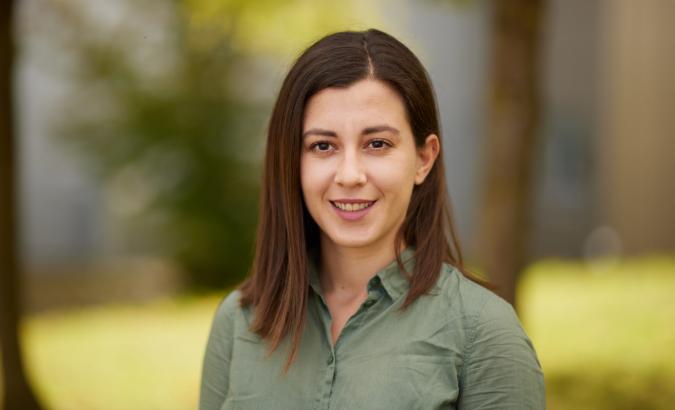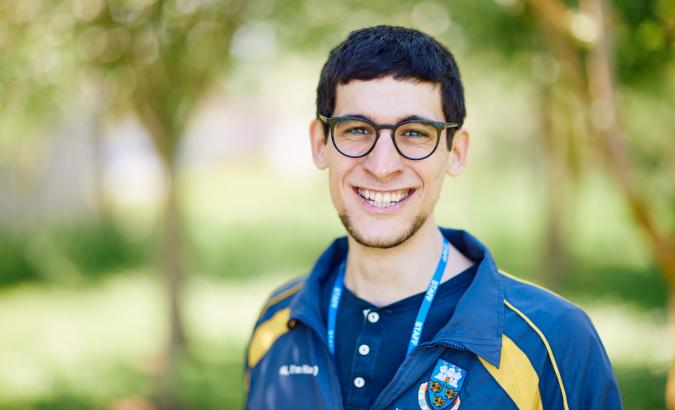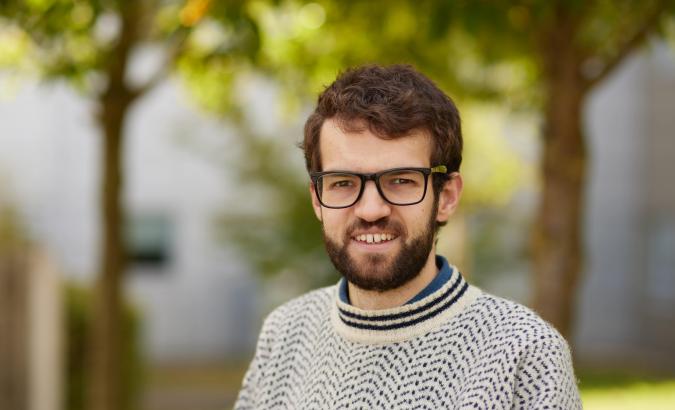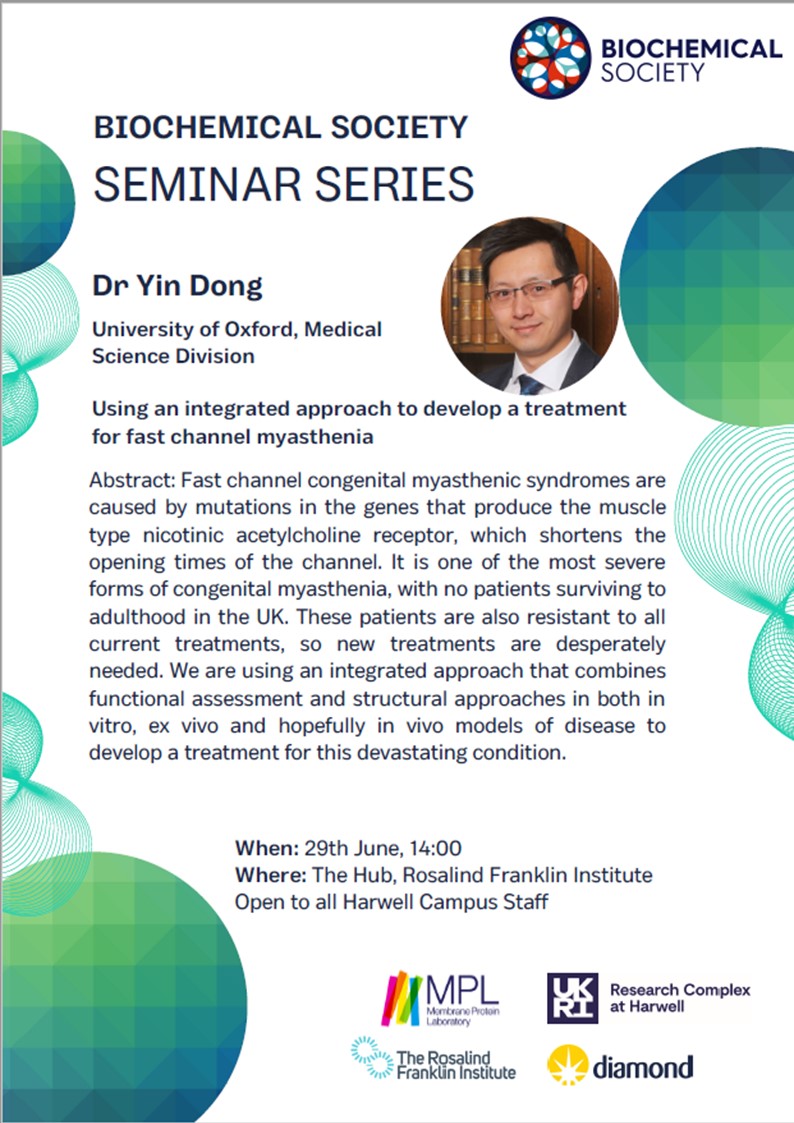Hough Group at Diamond

overview
Hough Group's research uses advanced structural biology and related methods to understand the structure and function of metalloproteins. They have a particular interest in room temperature X-ray crystallography using synchrotron and XFEL beamlines to enable low dose or damage-free, time-resolved structures of proteins carrying out their functions and in characterising the effects of radiation damage on metalloprotein structures. They are active in serial crystallography in collaboration with Robin Owen at Diamond beamline I24 and SACLA and are developing new approaches for in situ data collection from room temperature crystals in their crystallisation medium.
Research Complex is a critical part of Hough Group’s research because our facilities combine structural biology with a wide range of biophysical and biochemical methods to study metal-containing proteins. The ability to produce protein and crystallise it at Research Complex, carry out parallel solution studies, and work under anaerobic conditions where required, provides a tremendous advantage to the work of the Hough Group.
Particular research areas include:
Room temperature dynamic crystallography: there is increasing interest in producing structures for proteins under conditions that are close to physiological rather than at the commonly used cryogenic temperatures which can suppress protein dynamics and affect ligand binding. With Diamond beamlines VMXi and I24, we are developing and applying methods to produce room-temperature structures including ligand complexes. We drive reactivity within crystals using reagent mixing and light-activated photocage approaches for time-resolved crystallography, in concert with appropriate crystal spectroscopies to validate metal centre redox states and intermediates.
Nitrogen cycle proteins: The global nitrogen cycle underpins agriculture, climate change and pollution. Many of the enzymatic steps and related handling of intermediate compounds are carried out by iron- and copper-containing proteins within bacteria. They are studying proteins involved in denitrification where fixed nitrogen is returned to the atmosphere (e.g. copper nitrite reductase, cytochromes c’), and nitrification where ammonia is converted into biologically accessible nitrate (hydroxylamine oxidoreductase and cytochrome P460). The group collaborate closely with computational researchers applying QM/MM methods to simulate enzymes and catalytic pathways.
Haem peroxidases: in collaboration with University of Essex we are characterising a family of dye type peroxidases from Streptomyces. These enzymes have potential relevance to the production of biofuels and the breakdown of recalcitrant industrial pollutants as well as allowing us to make insights into the fundamental catalytic mechanism in this class of enzyme. The group uses room-temperature time-resolved crystallography to drive reactivity within crystals and capture elusive intermediate states including highly radiation sensitive Fe(IV) species.







